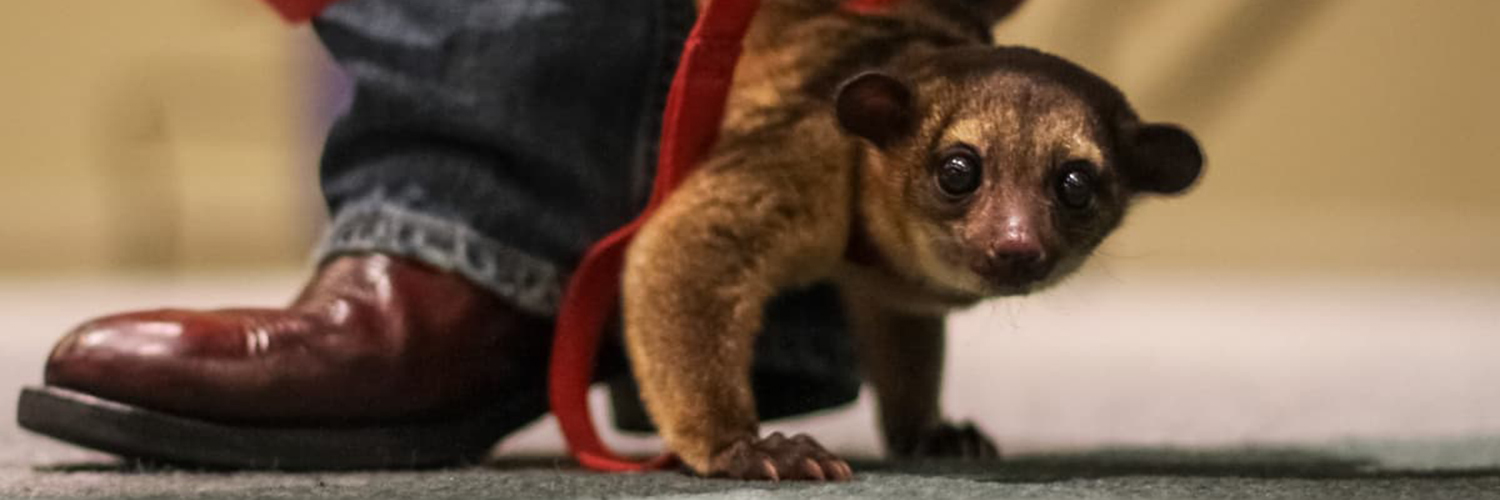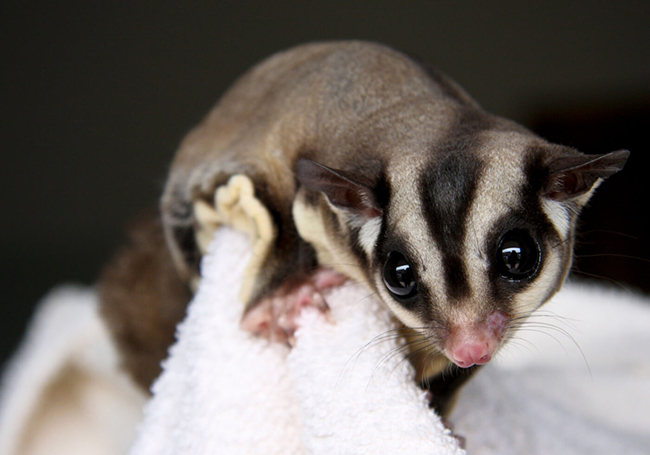
The increase in the number of exotic animals brought into the country as pets is causing concern, said The Consumer Association of Penang (CAP).
According to CAP, the concern stems from the fact that exotic animals fall into the hands of those with insufficient knowledge, resources, or commitment to look after them properly.
Singapore’s Nanyang Technological University Dr Michael Gumer said that the unusual appearance, shape, colour, and rarity or the desire to be different are reasons people want exotic pets.
Exotic animals live in very different conditions to those they face in a cage or a tank, thousands of miles away from their natural habitats. People are ignorant that these pets need exceptional food and living conditions that are difficult to provide.
Furthermore, children often mishandle exotic pets by handling them roughly, causing distress to these animals.
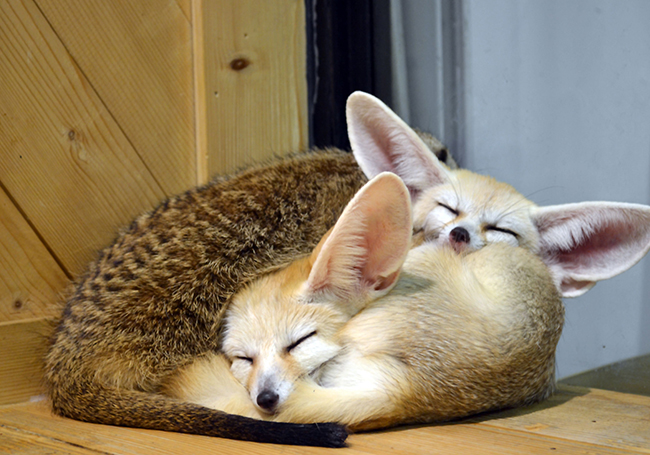
Additionally, exotic pet owners attempt to change the nature of the animal by confining them in small, barren enclosures, chaining, beating “into submission,” or submitting them to painful mutilations such as declawing and tooth removal.
Obtaining exotic animals is easy, and rarely a penalty since most states do not keep accurate records of exotic animals entering their state.
It is impossible to know how many exotic animals are owned privately as pets, but the number is estimated to be relatively high.
Once an animal is listed as endangered, it becomes more sought after by people desiring exotic pets.
Chinchillas, sugar gliders, iguanas, tortoises and turtles, various primates, birds, and snakes are among the most sought-after exotic pets.
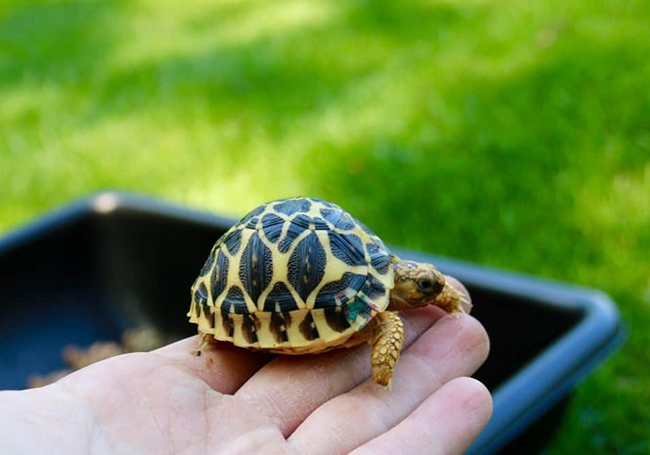
A quick internet search for buying an Indian star tortoise brings up several websites selling the protected species.
The demand for exotic animals, particularly reptiles, has made Peninsular Malaysia one of the top markets for smuggled exotic animals.
Public demand encourages smugglers to poach rare species.
This operation involves large networks and syndicates which employ groups of people, from hunters and collectors in rural areas to intermediaries and high-level traders in urban centres.
Smugglers use underground routes and various methods to deceive enforcement authorities who are not experts in identifying violations of the Convention on International Trade in Endangered Species of Wild Fauna and Flora (Cites).
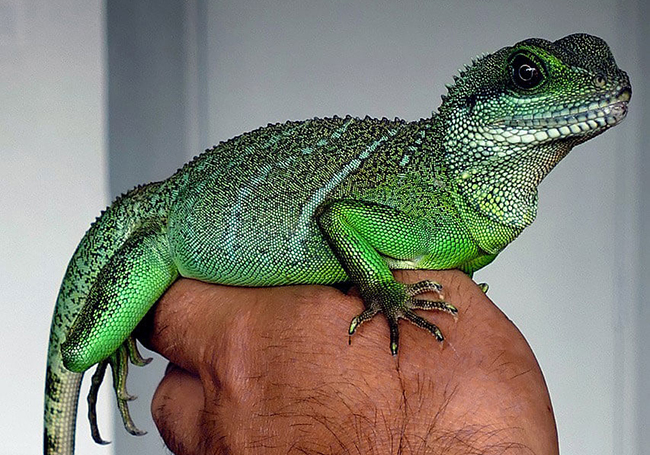
The exotic animals in this process suffer at every step of the journey, from capturing, handling, transporting, holding, breeding, and selling, to a lifetime of captivity in homes in substandard conditions, without proper food and care, and abandoned, or worst may die.
Abandoned or escaped exotic animals may spread in the wild and become an invasive species competing with native species for food or infecting native species with the disease, two of the problems associated with exotic pets.
CAP calls the authorities to enact stricter legislation against the illegal pet trade, and law enforcement authorities need to step up monitoring all pet shops in the country.
Bearing in mind all of the above, CAP strongly urges against keeping exotic species as pets or ornaments. Whether traded legally or illegally, keeping wild animals as pets is cruel.
A life in captivity is a life of suffering for exotic wild animals.


